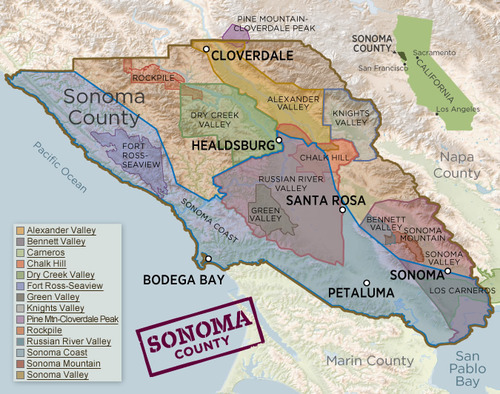 |
| Winderlea Vineyard and Winery
|
In the summer
of 2012, Lisa and I were lucky enough to visit beautiful Willamette Valley in
Oregon with our husbands. We all enjoy Pinot Noir so what better place to
visit. We enjoyed some wonderful wines and encountered some truly friendly people
along the way, but if I had to choose, I would pick Winderlea Vineyard and
Winery as one of my favorite stops..
 |
| Doors open to let oudoors in |
Winderlea is
located in the Dundee Hills AVA. Fred and Marie Gunton of A Nose for Wine (www.anoseforwine.com) introduced us to the
winery while on a tour with them. The tasting room is a beautiful new building
with modern clean lines and the views are breathtaking. Large, windowed garage
style doors open onto the large deck. The doors can be opened in nice weather for
a wonderful inside-outside space. Beyond the beauty of the space, is the way
the owners and Reid, in charge of hospitality and sales, make you feel welcome
the moment you arrive. And then of course there is the wine! The wine was fantastic
–elegant and refined with layers of fruit and a wonderful finish. We thoroughly
enjoyed our tasting and made sure to have some shipped home to enjoy later. I
also joined their wine club which ensures a nice discount on purchases. How
much fun it was to receive my first club shipment this past fall! The Winos also
recently took advantage of a special shipping promotion and look forward to
more wine arriving soon.
Winderlea is
owned by Bill Sweet and Donna Morris. The wine business is a second career for
both of them; previously being in the financial services industry in Boston.
Their love of Pinot Noir, especially those from Oregon, led to their new home
in the Dundee Hills AVA of Willamette Valley where they make wonderful Pinot
Noirs and Chardonnay. Their winery focuses on small lot wine production with
minimal intervention and modest use of French oak barrels.
Winderlea’s
winemaker, Robert Brittan, is well known in the wine industry. He has a degree
in enology from UC-Davis and made wines in Napa for Far Niente, St. Andrews
Vineyard, and Stags’ Leap Winery. While working in California he also
collaborated with Dr. Carol Meredith from UC-Davis on DNA profiling. He is
recognized as an expert in using varietal selection to create site-specific
wines. His love of cool climate Pinot and Syrah brought him to Oregon where he
owns 128 acre hillside just outside of McMinnville where he produces Pinot Noir,
and also has 1.5 acres dedicated to Syrah.
 |
| Celie |
I of course
would be remiss if I didn’t mention the other component of Winderlea that stole
my heart. They have two beautiful wine dogs. Monty is an Australian
Labradoodle. His job description involves keeping deer away from the vines,
chasing gophers and entertaining. It sounds like he has the entertaining down,
but need some work on his other “duties”. His big sister is Celie, also an
Australian Labradoodle. She is a bit older than Monty and is a perfect hostess.
 |
| Monty |
If you have a
chance to travel the Oregon wine country, make sure you put Winderlea on your
agenda. And if you are looking for a wonderful tour guide, be sure to contact
Fred at A Nose for Wine. If a trip isn’t in your plans, you can take a virtual
tour on their wonderful website www.winderlea.com.
Beth
Wine Word of the Week
Phenolics: Chemical compounds derived especially but not only from the skins, stems, and seeds of grapes that affect the color and flavor of wine. Tannin is one example.












